Hi there, pet lovers! 🐛
If you’re someone who thrives on the thrill of owning unique and fascinating creatures, the Giant Centipede might have already captured your attention. These multi-legged predators are among the most intriguing and intimidating invertebrates you can keep as pets. Known for their speed, venomous bite, and prehistoric appearance, Giant Centipedes are not for the faint of heart. They are a display animal, not a hands-on pet, and require a dedicated and experienced keeper.
In this detailed review, we’ll explore everything you need to know about Giant Centipedes, from their behavior and care requirements to their affordability and availability. Whether you’re considering adding one to your collection or simply curious about these fascinating arthropods, this guide will help you make an informed decision.
Overview
Giant Centipedes are large, venomous arthropods belonging to the genus Scolopendra. They are found in tropical and subtropical regions worldwide and are known for their aggressive nature, lightning-fast movements, and unique hunting strategies. Here’s a quick summary of what makes them stand out:
- Handling and Temperament: Not handleable. Highly aggressive and venomous.
- Care and Maintenance: Moderate care requirements, with a focus on humidity and temperature.
- Health and Durability: Hardy but sensitive to environmental changes.
- Availability: Widely available through breeders, expos, and online stores.
- Cost: Affordable to purchase and set up.
- Overall: A fascinating display animal for experienced keepers.
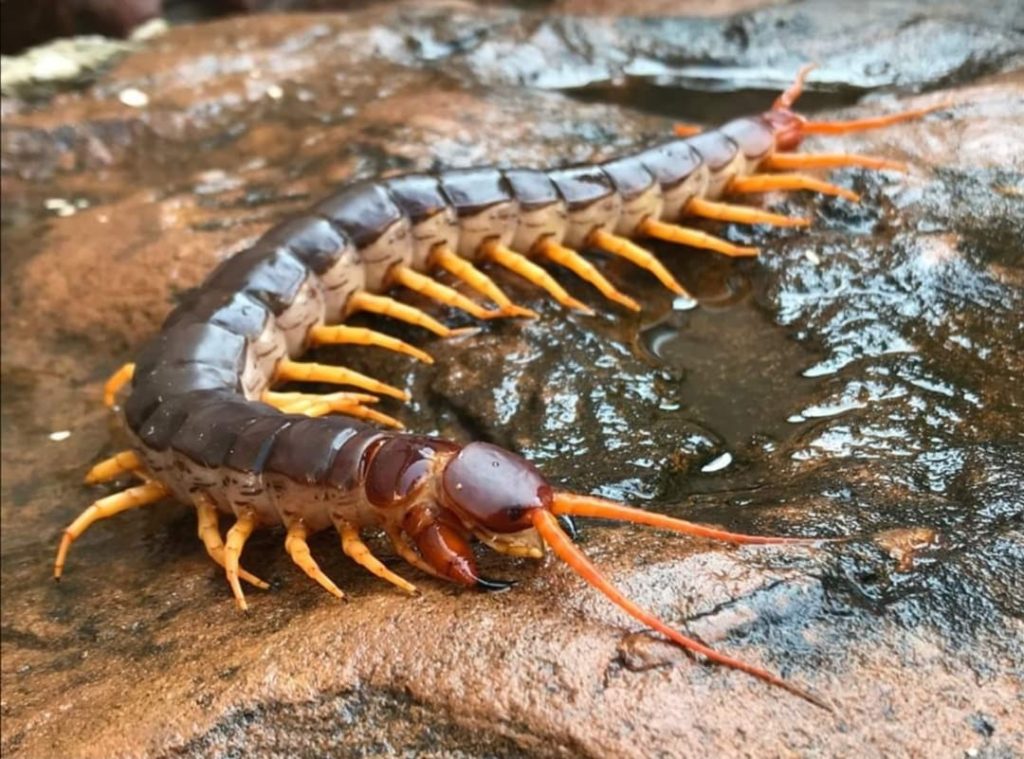
Why Choose a Giant Centipede?
Giant Centipedes are ideal for those who appreciate the beauty and complexity of predatory invertebrates. They are not pets you can interact with physically, but they are incredibly rewarding to observe. Their hunting behavior, unique anatomy, and striking appearance make them a captivating addition to any exotic pet collection.
However, they are not beginner-friendly. Their venomous bite, escape-prone nature, and specific care requirements make them suitable only for experienced keepers who are prepared to handle the challenges they present.
Handling and Temperament
Let’s get one thing straight: Giant Centipedes should never be handled. Unlike some reptiles or arachnids that may tolerate occasional handling, centipedes are highly defensive and unpredictable. Their primary defense mechanism is their venomous bite, delivered through modified front legs called toxicognaths.
- Venom: While not usually fatal to humans, a bite from a Giant Centipede can cause intense pain, swelling, nausea, and even fever. In rare cases, medical attention may be required.
- Speed and Agility: These creatures are incredibly fast and can easily escape if given the opportunity. Their ability to climb smooth surfaces and squeeze through tiny gaps makes them a challenge to contain.
- Behavior: Giant Centipedes are solitary and highly territorial. They are nocturnal hunters, spending most of their time hiding and emerging at night to hunt.
If you’re looking for a pet you can interact with, a Giant Centipede is not the right choice. However, if you’re content with observing their fascinating behavior from behind the glass, they can be a thrilling addition to your collection.
Care and Maintenance
Giant Centipedes have moderate care requirements, with a focus on maintaining proper humidity and temperature. Here’s what you need to know to keep them healthy and thriving:
Enclosure Setup
- Size: A 10–15-gallon terrarium is sufficient for most species. Ensure the enclosure is escape-proof with a secure lid.
- Substrate: Use a deep layer of moisture-retentive substrate, such as coconut fiber, peat moss, or a mix of soil and sphagnum moss. This allows for burrowing and helps maintain humidity.
- Hiding Spots: Provide plenty of hiding places, such as cork bark, hollow logs, or artificial caves. Centipedes are shy and need secure spots to feel safe.
- Climbing Space: While not arboreal, some species enjoy climbing, so adding branches or vines can enrich their environment.
Humidity and Temperature
- Humidity: Giant Centipedes require high humidity levels (70–80%). Mist the enclosure regularly and provide a shallow water dish for hydration.
- Temperature: Maintain a temperature range of 75–85°F (24–29°C). A heat mat can be used if necessary, but avoid overheating.
Feeding
- Diet: Giant Centipedes are carnivorous and will eat a variety of live prey, including crickets, roaches, mealworms, and even small mice.
- Feeding Schedule: Feed them once or twice a week, depending on their size and appetite. Remove uneaten prey to prevent injury to the centipede.
Lighting
Giant Centipedes do not require special lighting. They are nocturnal and prefer low-light conditions.
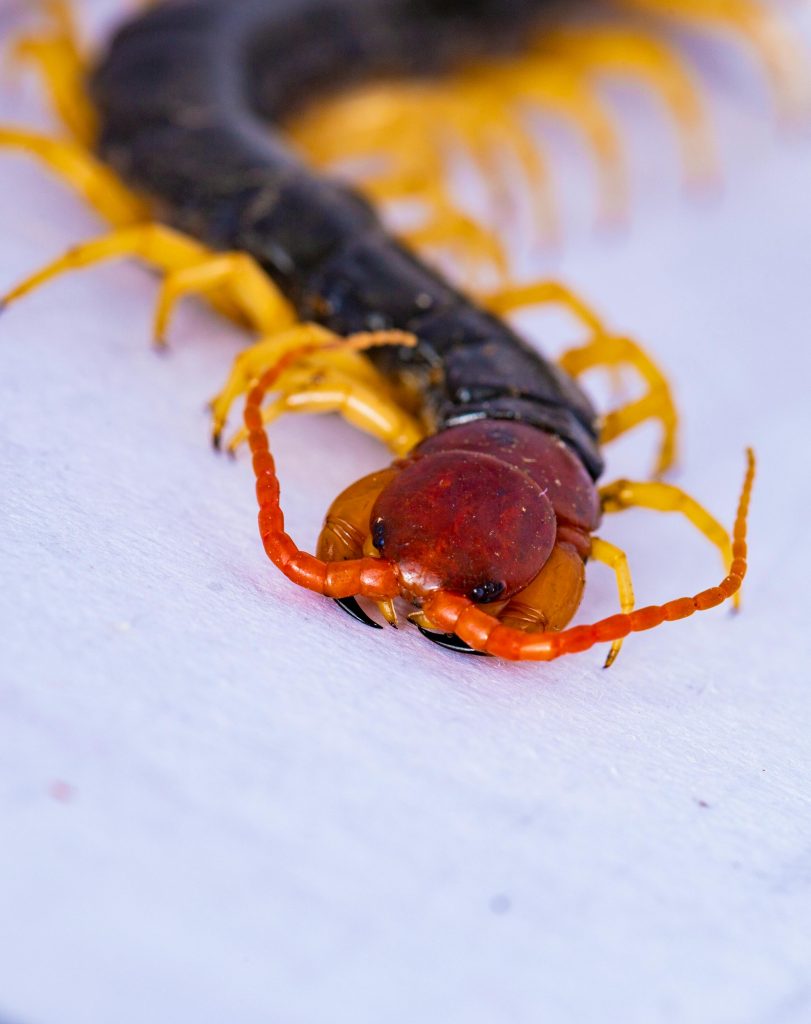
Health and Durability
Giant Centipedes are generally hardy but can be sensitive to environmental changes. Here are some key health considerations:
- Molting Issues: Like all arthropods, centipedes molt as they grow. Ensure high humidity during this time to prevent complications.
- Dehydration: Low humidity can lead to dehydration, which can be fatal. Monitor humidity levels closely.
- Injuries: Avoid feeding prey that is too large, as it may injure the centipede during a struggle.
With proper care, Giant Centipedes can live for 5–10 years, making them a long-term commitment.
Availability and Cost
Giant Centipedes are widely available in the exotic pet trade, though their accessibility depends on the species and location.
Where to Buy
- Look for reputable breeders, online exotic pet stores, or reptile expos. Common species like Scolopendra subspinipes and Scolopendra dehaani are often available.
Cost
- Centipede Price: $30 to $150, depending on the species and size.
- Setup Cost: $100 to $200 for an enclosure, substrate, and basic supplies.
Pros and Cons
Pros
- Fascinating to observe and study.
- Low-maintenance compared to some reptiles.
- Affordable to purchase and care for.
- Unique and striking appearance.
Cons
- Venomous and not handleable.
- Sensitive to environmental changes.
- Escape-prone and difficult to contain.
- Not suitable for beginners.
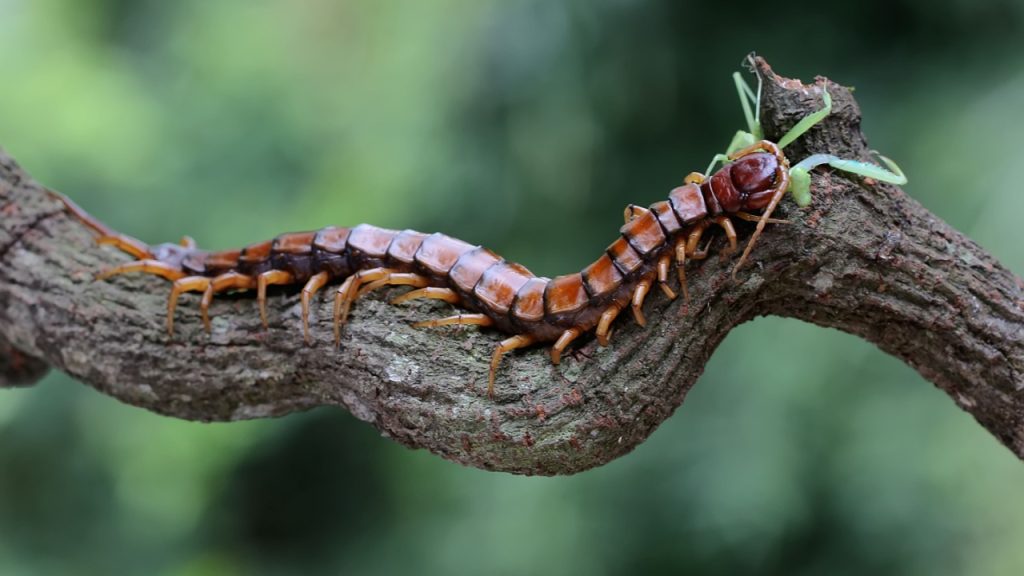
Final Thoughts
Giant Centipedes are a thrilling choice for experienced keepers who appreciate the beauty and complexity of predatory invertebrates. While they are not pets you can interact with physically, their unique behaviors and striking appearance make them a captivating display animal.
If you’re considering a Giant Centipede, ensure you are fully prepared for the challenges they present. Proper research, a secure enclosure, and a commitment to maintaining their specific care requirements are essential.
For those who are up to the task, a Giant Centipede can be a rewarding and awe-inspiring addition to your collection.
Have you ever kept a Giant Centipede? Share your experiences and tips in the comments below! We’d love to hear how you care for these fascinating creatures.
For more exotic pet care tips and reviews, stay tuned to our blog and don’t forget to subscribe to our newsletter! 🐛

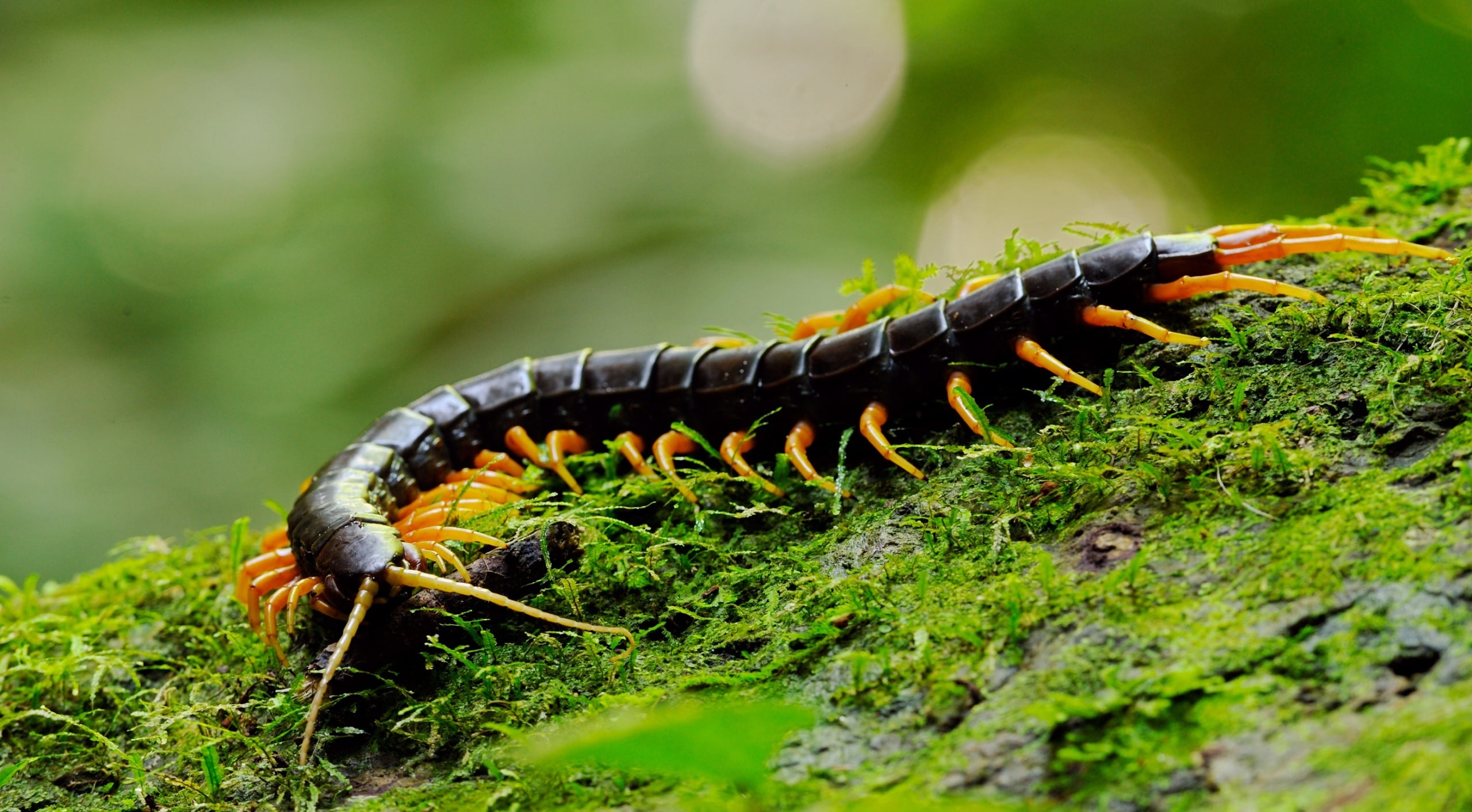

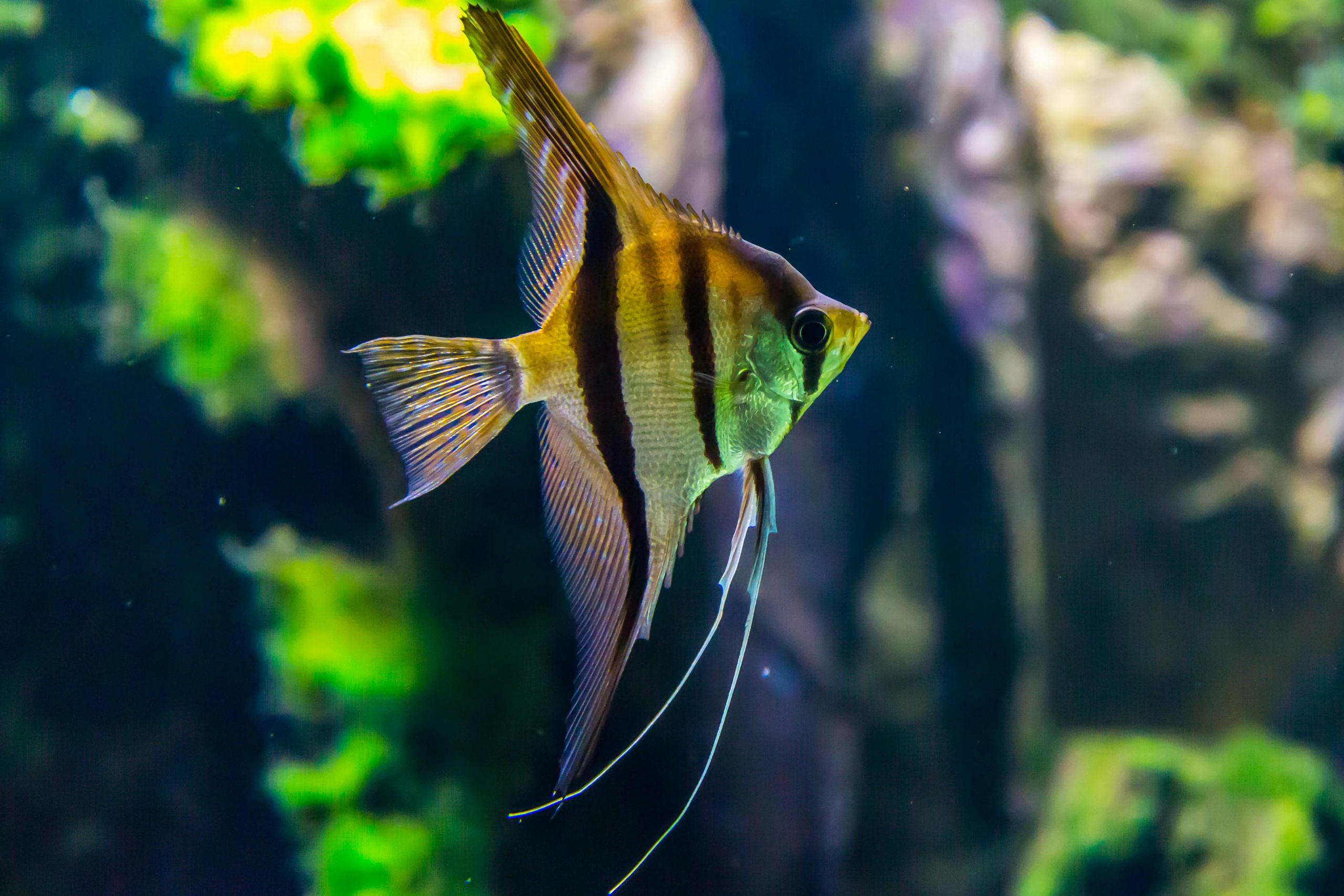
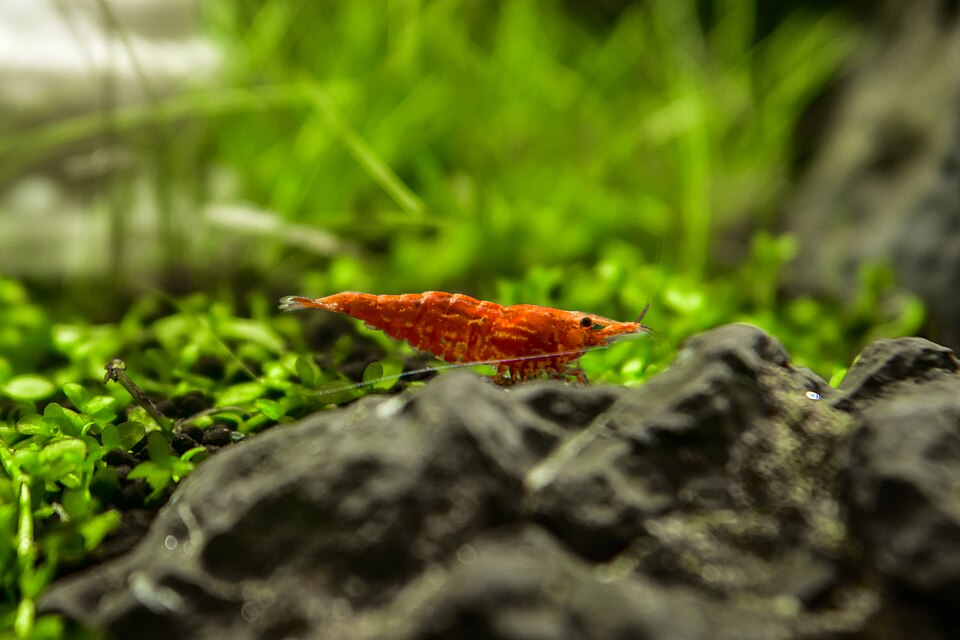

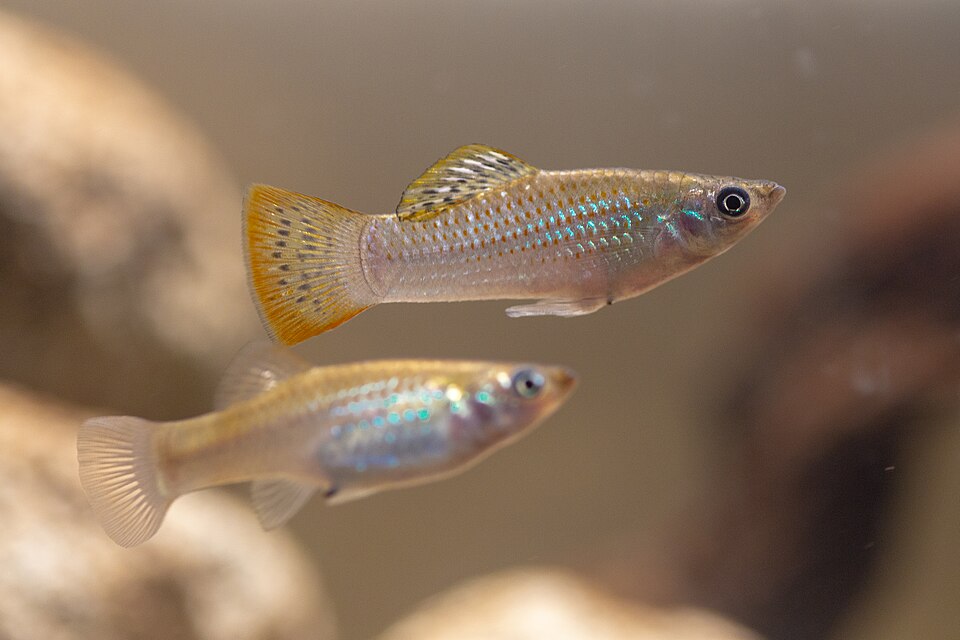
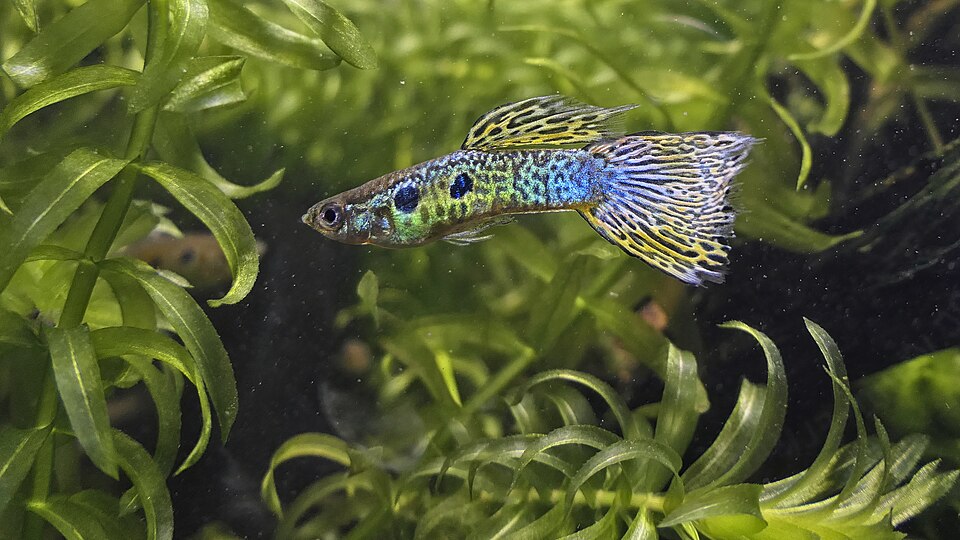
Leave a Reply